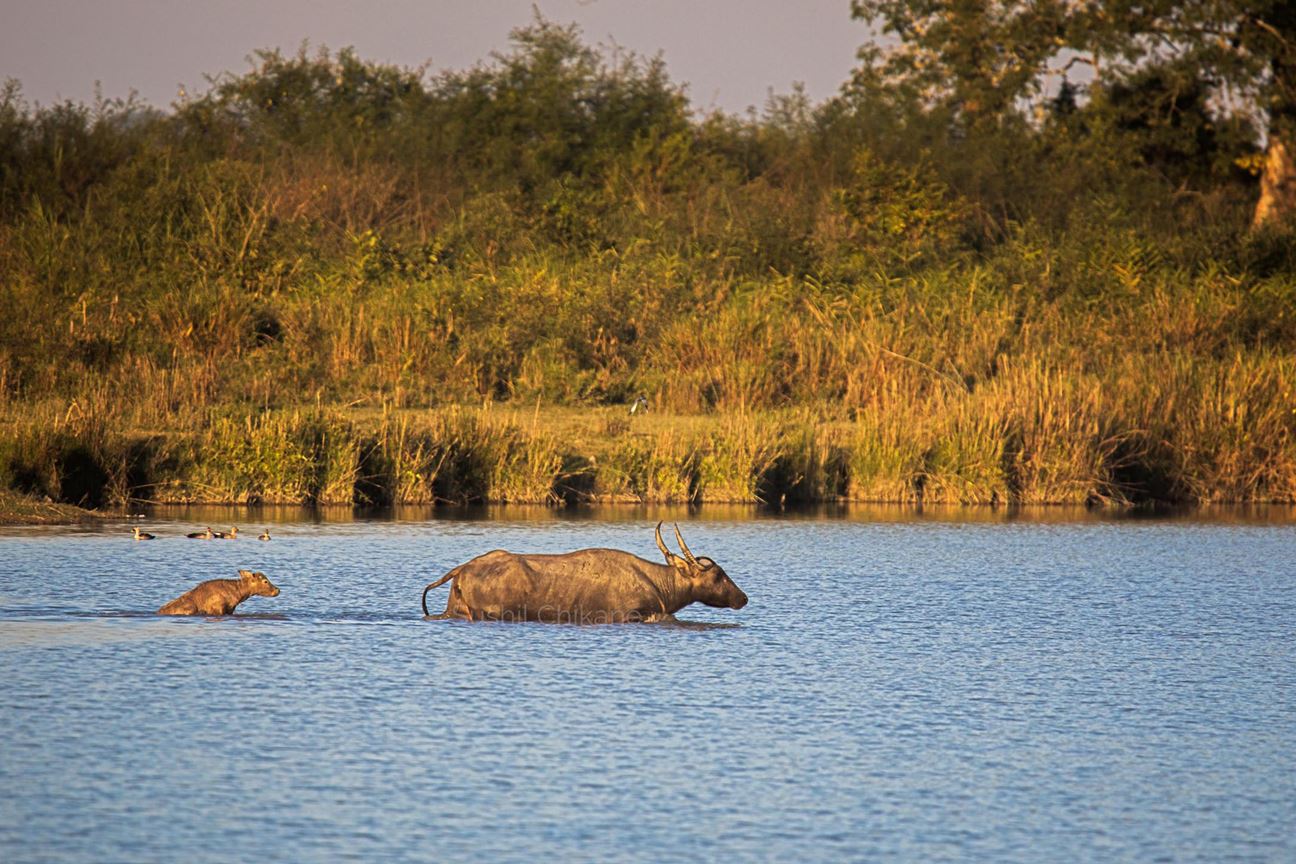Home to some of the country's treasured endangered species, floods and fires are actually an essential part of Kaziranga National Park’s ecosystem. Here’s how!
Kaziranga National Park is one of Assam’s most popular tourist destinations. And for good reason, too – it is one of India’s last refuges for the Indian one-horned rhinoceros, is situated along the eastern Himalayan biodiversity hotspot, and is a UNESCO World Heritage Site. It was also declared a Tiger Reserve in 2006.
A protected forest since 1905, when it was declared Kaziranga Proposed Reserve Forest at the behest of Lady Mary Curzon, this area is home to various flora and fauna. In fact, one has the opportunity to see four different forest types within the same NP — alluvial inundated grasslands, alluvial savanna woodlands, tropical moist mixed deciduous forests, and tropical semi-evergreen forests.
Managing the Park’s Landscape:
Unlike many of India’s National Parks, the unique ecology of Kaziranga means that the parkland is managed extensively to reduce natural and man-made threats to wildlife and increase or maintain its carrying capacity.
Kaziranga is home to several exposed sandbars; beels which are lakes formed during the annual floods and chapories or elevated regions. Beels account for 5.6 percent of Kaziranga’s landscape.
Floods:
The annual floods are an essential part of Kaziranga’s delicate ecosystem. The floods are closely linked to the landscape and its flora and fauna. They occur during the monsoon, i.e. between May to October every year. The floods replenish the Park’s 90 odd permanent beels and result in the creation of temporary ones which are important for birds, rhino and water buffalo. The floods deposit rich alluvial soil that the grasses need to grow and flush out unwanted weeds like water hyacinth that clog the beels.

Image Courtesy- sushil kumudini chikane
However, the floods also pose a threat to Kaziranga’s fauna, as animals are swept away before they can reach high land. They also drive animals towards the busy highway and farmlands bordering the park where they can be hit by vehicles, come into conflict with humans, or face the threat of poaching.
Kaziranga currently has 111 man-made highlands constructed in the 1990s, which act as refuges for animals during the floods. The Forest Department is currently building 33 more – although some conservationists oppose these plans stating that it would be more useful to ensure the safe passage of the animals to the Karbi-Anglong Hills.
Fire:
The grasslands of Kaziranga are also subjected to controlled burning every year. This burning prevents the encroachment of trees and so maintains the serial stage of the grassland. Older grasses do not provide as much nutritional value so allowing new shoots to grow can enhance the carrying capacity of the park. It also provides an additional benefit: better visibility of wildlife for tourists and better visibility of poachers for the Forest Officers.
The burning of grassland is carried out in stages so that there are sufficient areas with tall grass left to act as a cover for smaller wildlife.